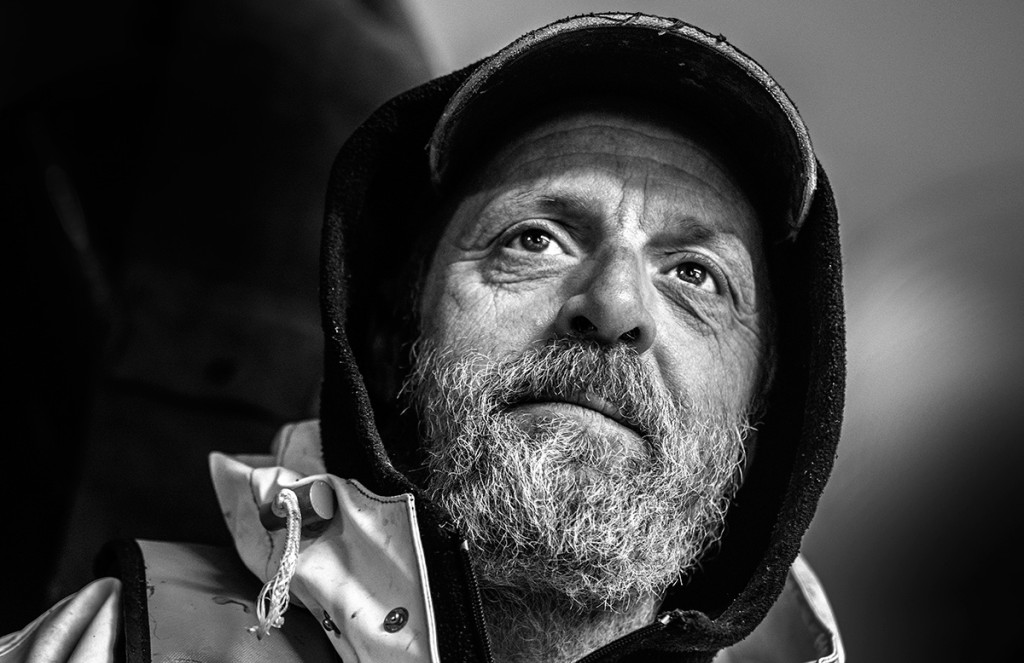Storyteller Series: Ben Staley by Brandon Kidwell
Ben Staley is a storyteller and artist whose portraits have intimacy and comfort that I deeply admire. When I see his work, I find myself captivated by the eyes his subjects. Their faces are strange at first yet quickly become familiar to me like an old friend sharing a story over a pint at the bar or relaxing by a fire in the backyard under a warm night sky. Ben is a multimedia artist that has achieved success commercially yet deeply values his personal art. I immediately became a fan of Ben and his work and was fortunate enough to have this conversation with him over the last month. I hope you enjoy this interview much as I did.
Brandon: You have a very interesting story growing up in Alaska without a television and seeing very few films while you were young. How do you think that influenced your interests, your aspirations and your art leading up to your current profession as a storyteller?
Ben: For me the best insight comes through reflection. And it takes time. So the older I get the more I realize how and why I was shaped growing up. But at the same time some things are either in you or they’re not. Not everybody is gonna be a good race car driver, or a Cello player or a school teacher. Yes I grew up without television. I read a lot. We sat around a fire at night and played card games and told stories instead of watching the Jeffersons or whatever. But I think I would have always found a way to the path I’m on now. If anything, growing up pretty removed from pop culture has made my own tastes pretty far from the mainstream center. The things that interest me, the kind of storytelling I enjoy. I respect subtlety. I think questions are ultimately more important than answers. I don’t like being told how to feel. I want to feel things but I want an honest reaction based on my own experience and opinions or whatever. I don’t wanna be force-fed so I guess that’s the kind of storytelling I am most drawn too.
But the challenge is that I work mostly in television and it’s not a subtle medium. You’re kind of expected to bludgeon the audience over the head with most things and it’s a struggle for me. I try and do a lot of personal work to even the scales.
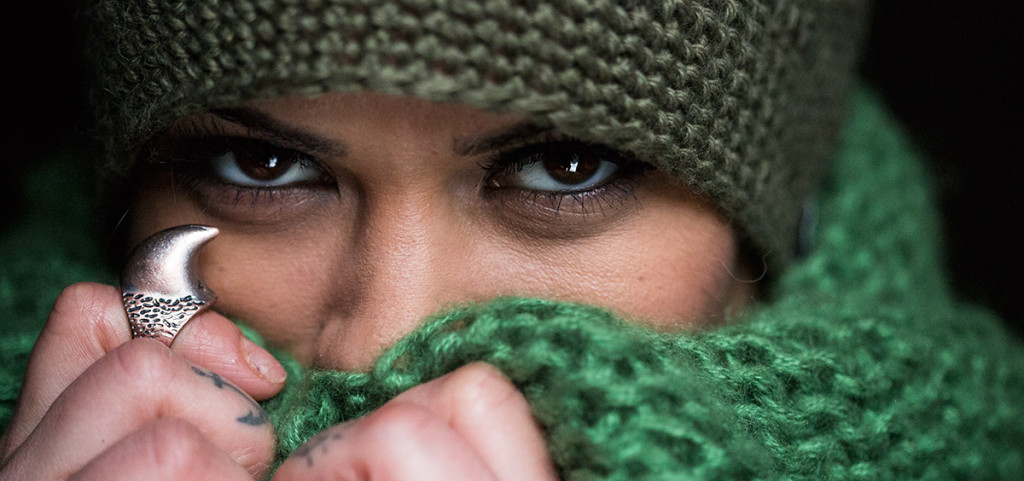

Q2: I can relate to your belief that your storytelling is an intrinsic quality and I admire that you didn’t grow up with some of the distractions of the mainstream. In your photography, you have a gift for capturing the essence of each of your subjects. Each image has a life, a tale just waiting to be put into action as if we, the audience, are holding the remote and can animate the characters at will. Have you always held your interest for people and faces and can you describe some of your journey to building the skill to capture your subjects so beautifully.
Ben: Well thank you, that’s a nice thing to hear. Some of my favorite images were very spontaneous. I only had a few seconds or maybe a few minutes to make the picture. So it’s hard for me to look too deeply, I really just see an opportunity, good location, good light, and a willing face, and I take it. I am from the belief school that your creativity is defined by your limitations. I mostly use prime lenses and natural light. It simplifies things, there’s no time for overthinking, only action.
But to answer your question, yes, I think I’ve always liked faces [and] Portraits. Early on photography and filmmaking seemed so out of reach, technically speaking. It seemed there was too much to learn. But a camera was always my favorite toy. Some of the first jobs I got as a paid camera man were shooting these short documentaries for different nonprofit groups. The subjects were real people, not models or actors and I had to figure out how to light them and make a good image. I struggled a lot. I’m sure some of that early work would make me cringe now. But often I had very little to work with, maybe only one light or maybe no lights and a dismal location and it became a fun challenge to make the best image I could with the least amount of gear. Later I started shooting shows for Discovery channel and Nat Geo and others. I traveled a lot and there were always a lot of interesting characters so in my free time I would take pictures of them.
I travel in my personal time a lot too and am always hunting for faces. These “on the fly” portraits are in many ways a lot more fun than a formal portrait session. I like the speed and the spontaneity. Sometimes you don’t get it right. And you can’t go back and do it again. Those faces I didn’t quite get right can haunt me because I’ll never see them again.
In most settings it’s pretty rude to get right in someone’s face and stare into their eyes. They likely won’t stare back. It’s an intimate thing and so it’s awkward if you don’t know the person. So in real life we don’t actually get to study someone deeply. You might steal glances when they aren’t looking. But you can study a portrait. You can look at someone as long as you want. So in many ways you can see someone far deeper than in real life. I like that.
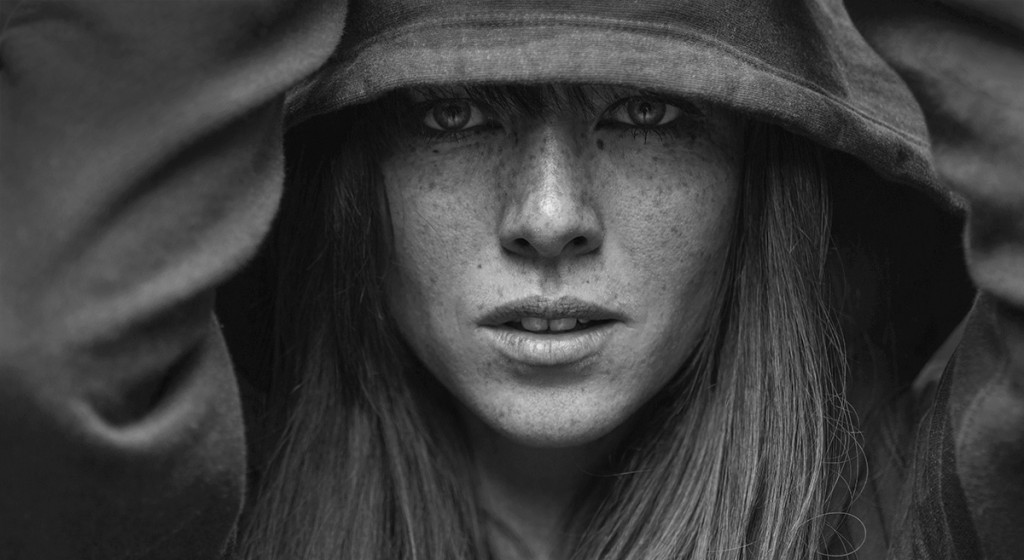
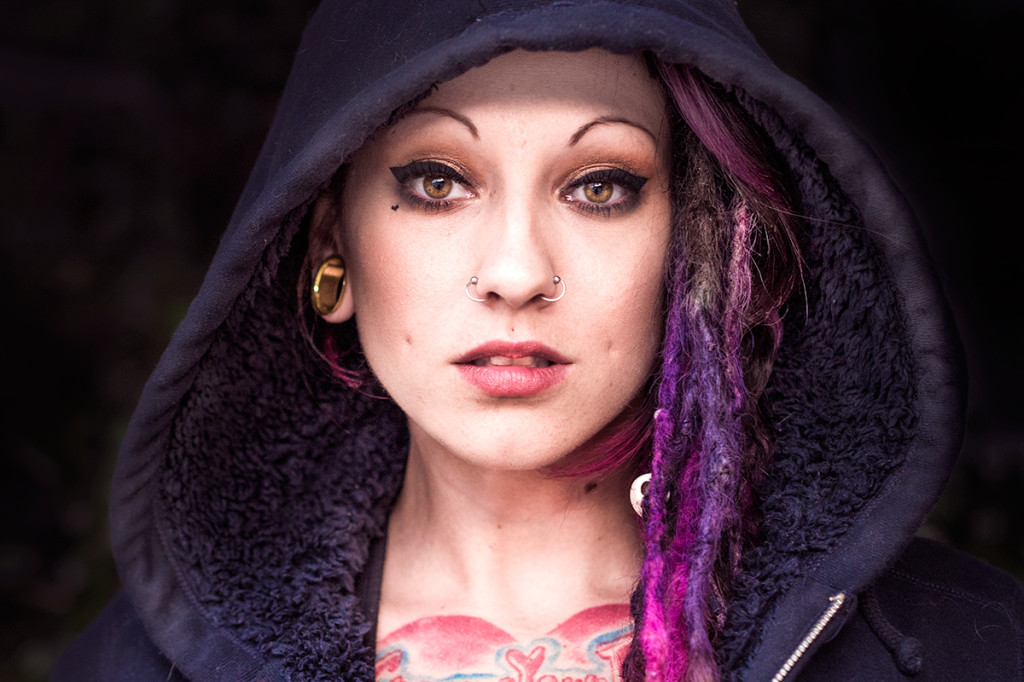
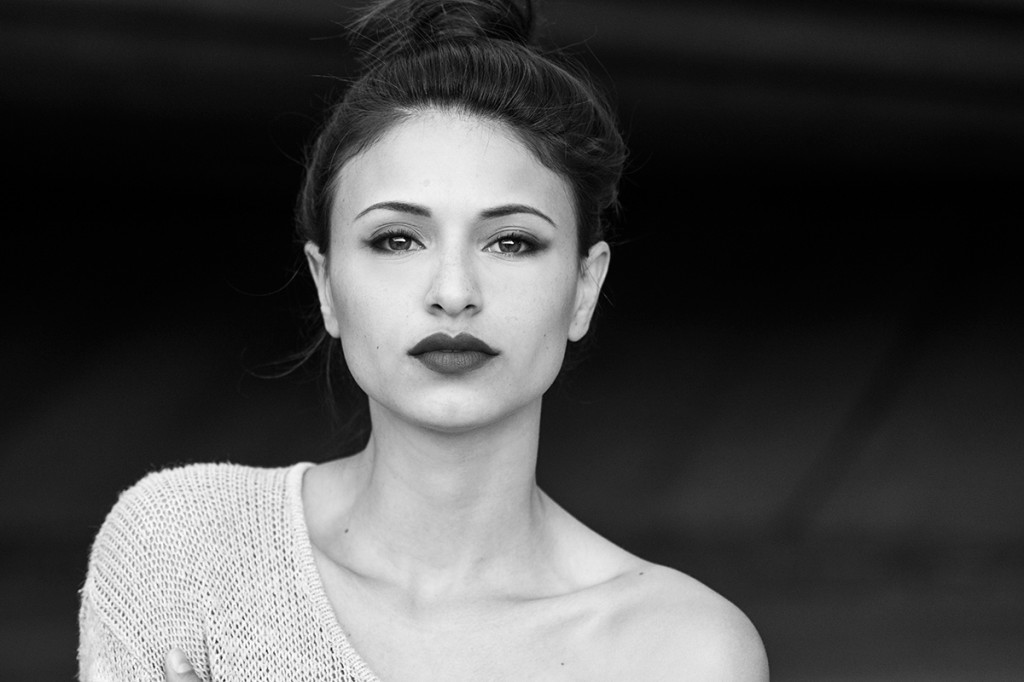
Q3: I read that once on a film location you were speaking with a man about violence on TV and this story stuck with me how he described that when the men returned from battle they would tell every detail of the battle to his family, passing around the weapons used, stained with blood to involve every sense to leave the audience fulfilled and no longer curious. Do you have a particular story that resonates with you, something that you carry with you each day that you’d like to share from you travels?
Ben: Well that was Albert, a Navajo man and WWII veteran. I read a lot about Native Americans when I was younger, and about early settlers of the country. I’ve always been drawn to the “Man vs. Nature” story because ultimately, these stories are really about man vs. himself. Your own fears and inadequacies have a way of manifesting in the world around you. I’ve had my own battles. I don’t have one story really; I’m not precious about these things. But it all adds up and colors your perspective and shapes your point of view. I prefer photographing people who have seen things and have lived life.
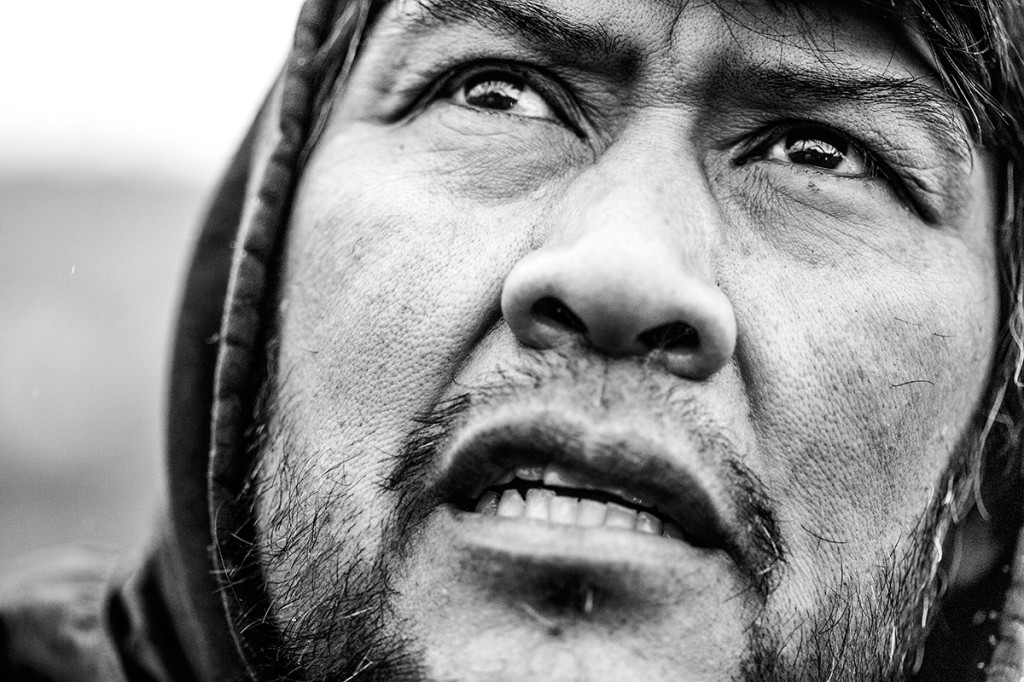
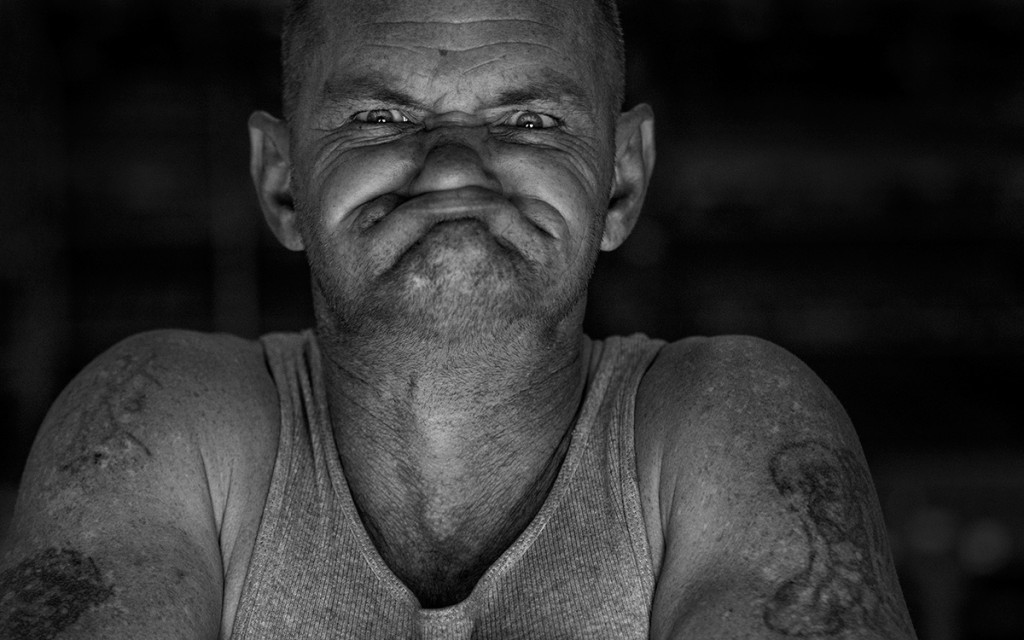
Q4: You seem to have no limits to your storytelling talents with highly impressive photography, films and written stories. Do you have a preferred method of storytelling? Do you think one is more effective than the other or is it all about choosing the right method to tell the story?
Ben: I guess it depends on the story. Right now my preferred method is photography because I rarely do it as a job. So it’s the most fun and I can do what I want. I’m definitely not a master of any of these things but I like doing them all and if I’m not doing something creative then I can get pretty unhappy. It’s true that the best work comes from a place of “play”. So I try and play as much as possible.


Q5: You found success in making art as a living working in television but earlier you stated that that the styles that work for television don’t always agree with your personal style. Through your career do how does working in some of the same media as your personal art influenced you and how do you go about balancing it and keeping personal artistic direction separate from professional artistic direction?
Ben: My personal tastes are not very mainstream. I’m more interested in obscure and weird things. But if you’re making a television show it usually has to appeal to a wide range of people and so your choices must be specific and designed with the intent to please the masses. At least the kind of TV I make, documentary dramas for Discovery Channel, etc… It’s easier making things for yourself, catering only to your own whims and fancies. I guess it’s the age old battle between art and commerce. I try and get my licks in on the shows I make, but the personal work keeps me sane.
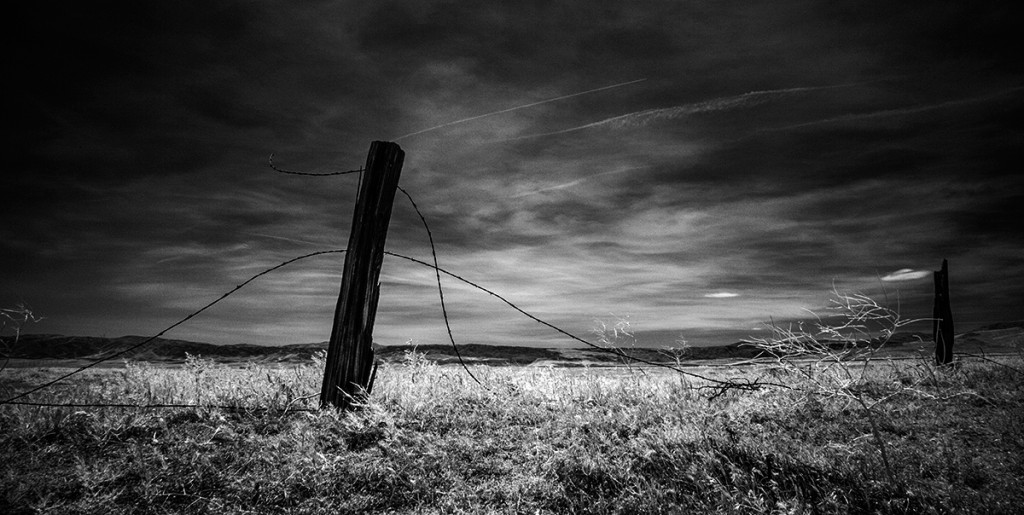
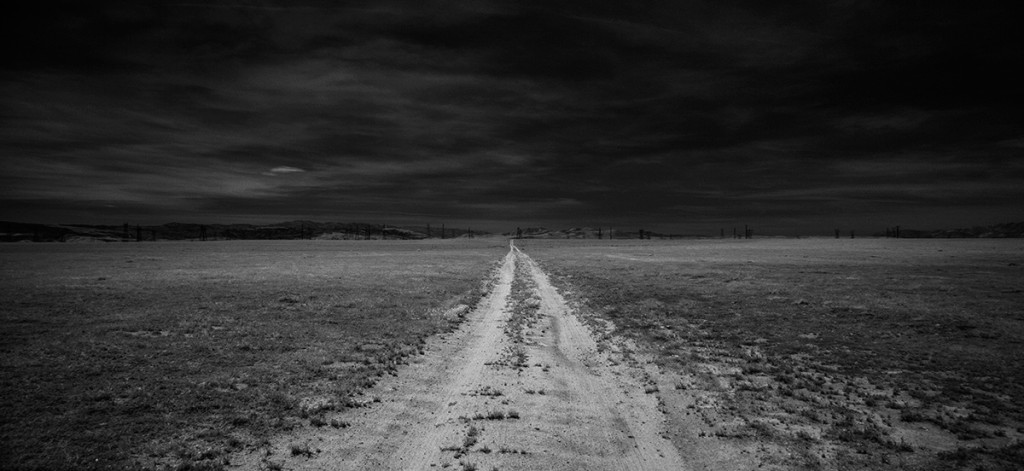
Q6: During the course of this interview your documentary Wishbones and Gunfire won best documentary at the SoCal Creative & Innovative Film Festival. Big Congratulations, can you tell us a little about this film?
Ben: WaG. Music is probably my main source of inspiration. I’ve always wanted to be a music video director but it’s pretty hard to make a living doing that these days. And I still hope to make more music related documentaries. WaG is about 2 artists, a composer and a poet and the music they make together. Bo Blount, the composer is a good friend of mine. He’s scored several short films I’ve made and I even hired him for a series I produced and directed. We touch base on the phone every so often and one day he invited me over to the studio he was using to check out his current project, We Voice Sing. So I showed up and within 5 minutes wanted to make SOMETHING out of what I was hearing. Luckily everyone else, Andrew, the studio owner and Bo and Rich Ferguson, the lyricist all didn’t seem to mind.
And it’s a great example of what we were talking about earlier, not having any constraints. I shot for a couple days in the studio and then out and about in LA. I had a general idea of what I was doing but that’s all. I was just collecting pieces to find their place later. The album wasn’t even done so I had only heard a couple songs. But I like working that way, its discovery, its chaos and instinct. Anything is possible. More please. And Bo is someone I hope I collaborate with for the rest of my life. His talent is immense.
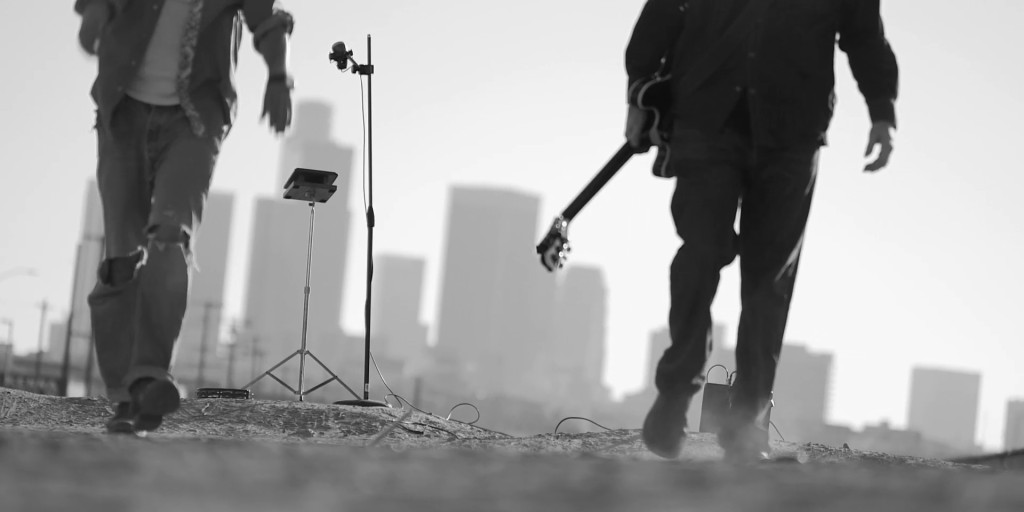
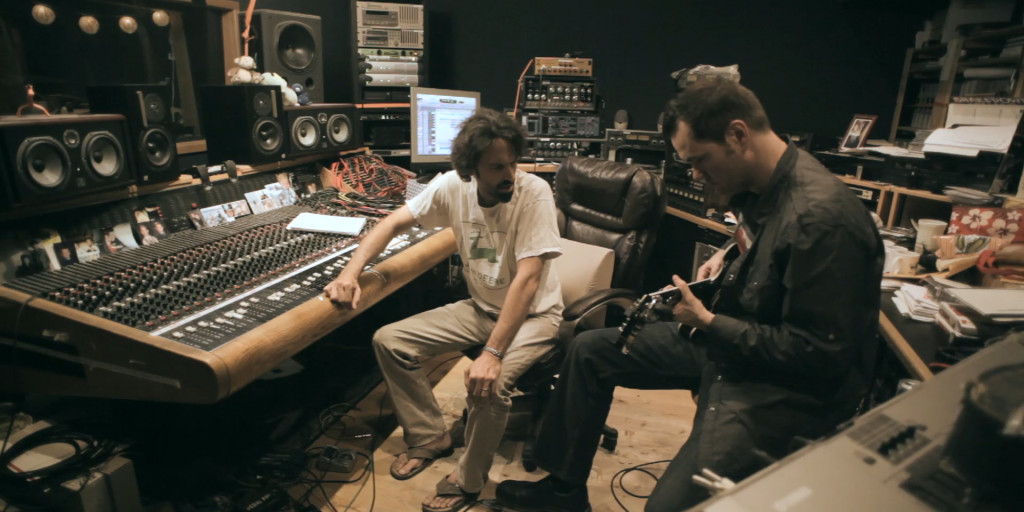
Q7: Congratulations again, sounds like you draw a lot of your inspiration from being in the moment, can you tell us some people who have influenced you along your journey so far?
Ben: I get a lot of inspiration from music. My tastes are eclectic [and] wide ranging. I like to go outside and explore. Drive around out in the desert not knowing where I’m going. I look up to certain filmmakers [and] photographers. I study their work. Analyze it. If I could name any one person who influences me it would be Cormac McCarthy, the author. His words are like sense memory for me. They ignite my brain in the best way. I hope he writes more books. I’ll leave you with a quote. Thanks, this has been enjoyable.
The task of the narrator is not an easy one, he said. He appears to be required to choose his tale from among the many that are possible. But of course that is not the case. The case is rather to make many of the one. Always the teller must be at pains to devise against his listener’s claim – perhaps spoken, perhaps not – that he has heard the tale before. He sets forth the categories into which the listener will wish to fit the narrative as he hears it. but he understands that the narrative is itself in fact no category but is rather the category of all categories for there is nothing which falls outside its purview. All is telling. Do not doubt it. – From “The Crossing” by Cormac McCarthy

You can follow Ben’s work on his website at www.benstaley.com , follow his blog www.dailystaley.com or follow him on Instagram.
About Author
Latest stories
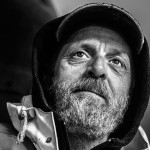 StoriesJuly 7, 2014Storyteller Series: Ben Staley
StoriesJuly 7, 2014Storyteller Series: Ben Staley

